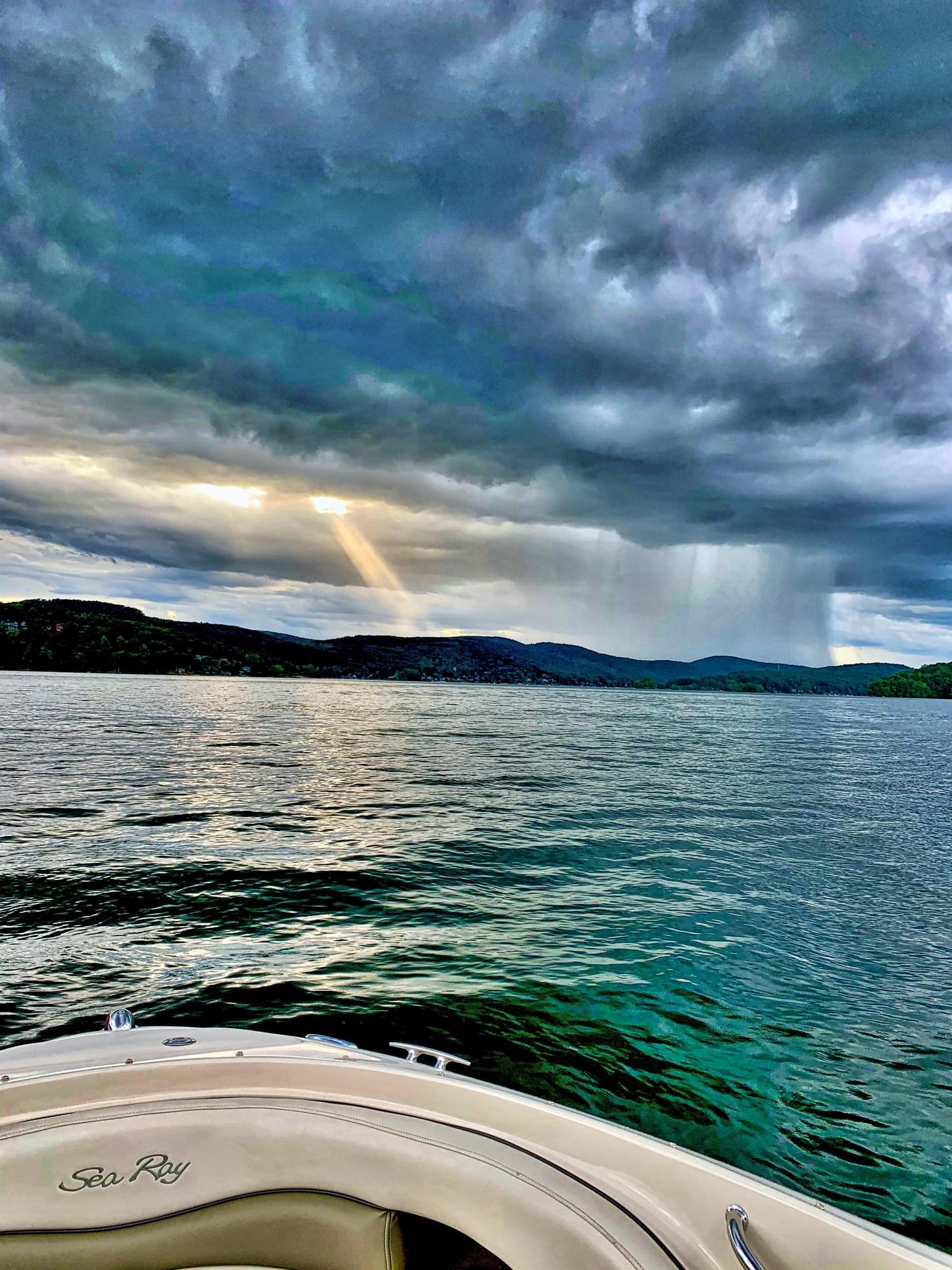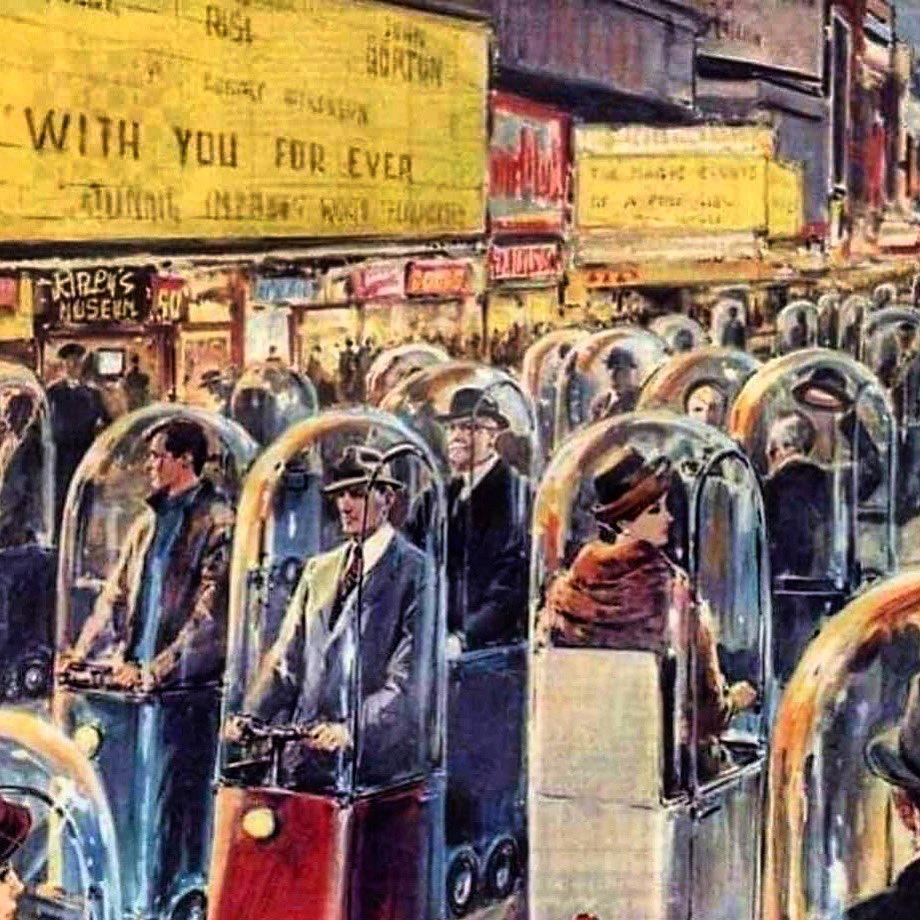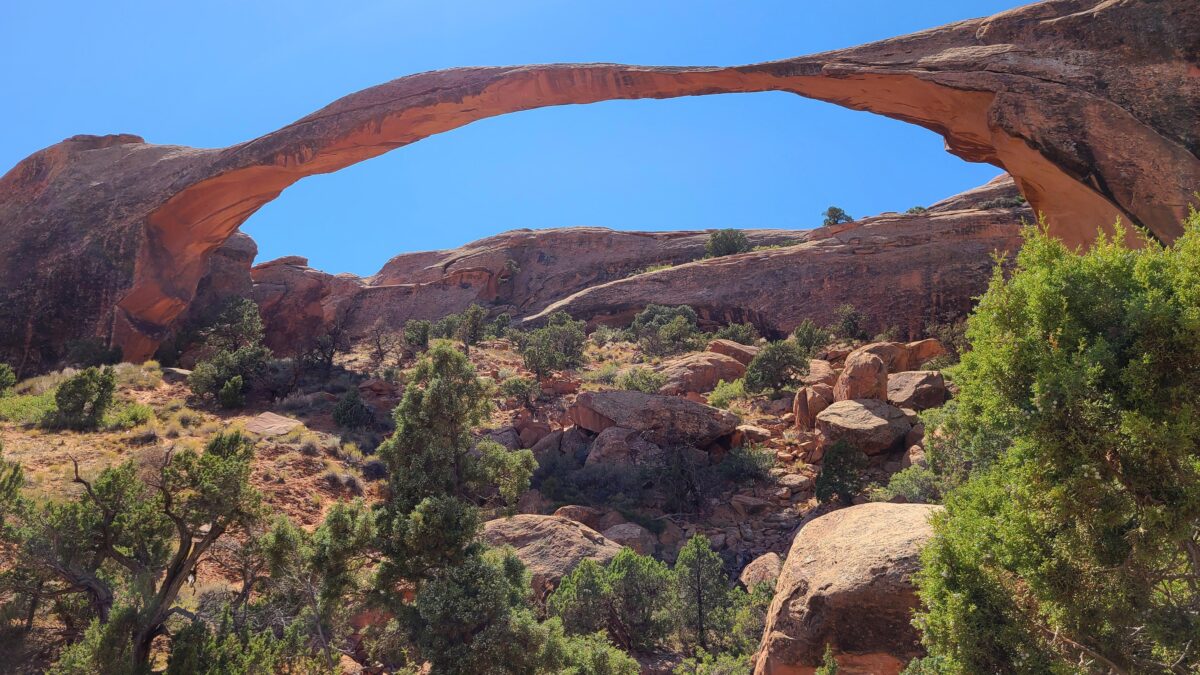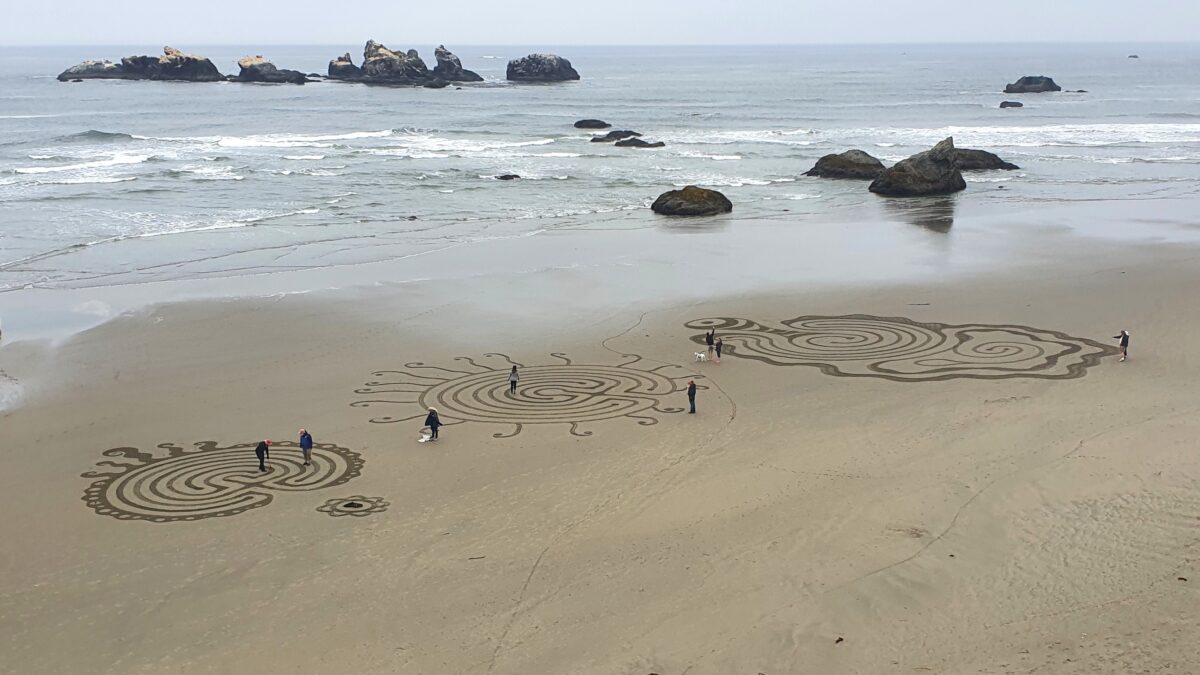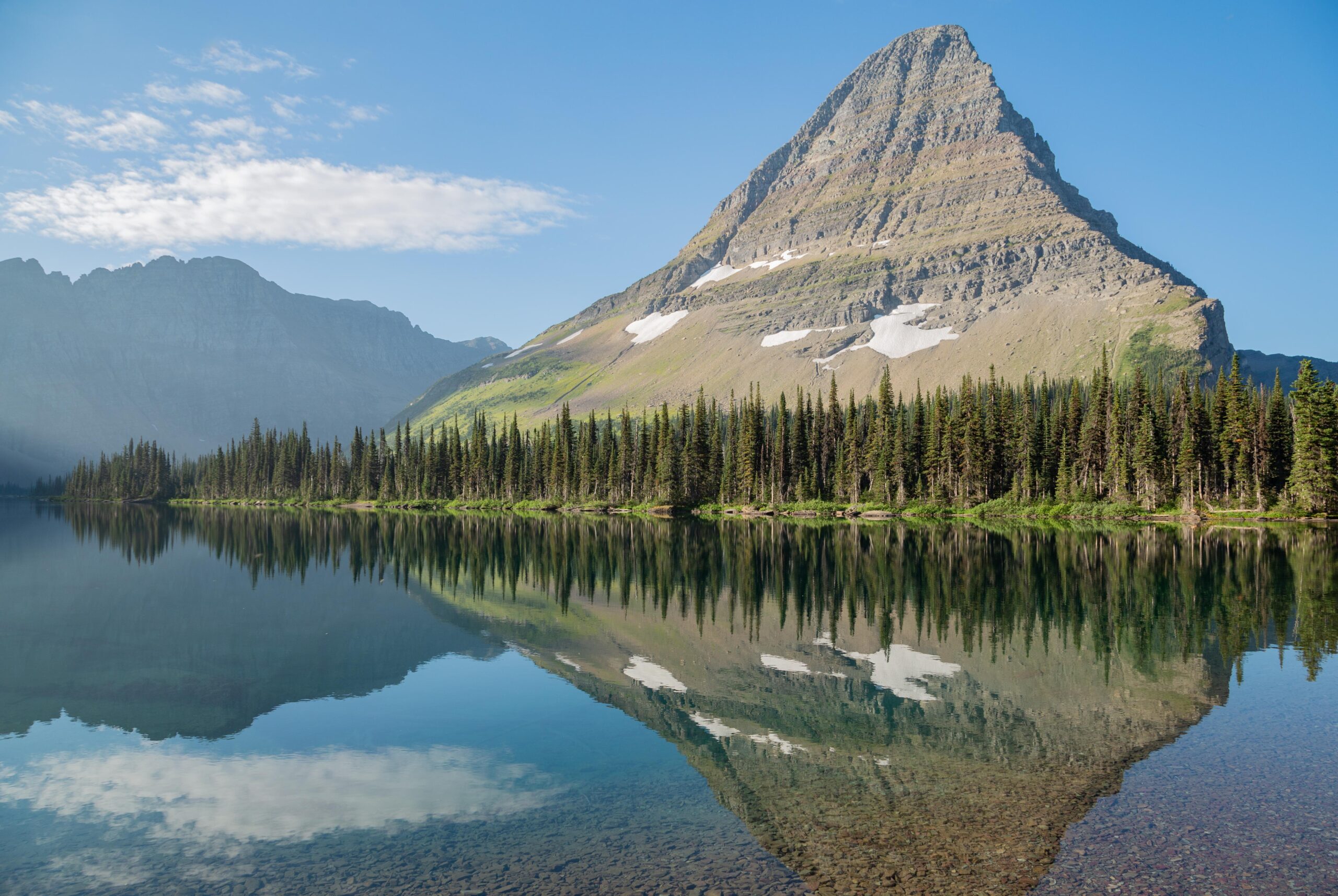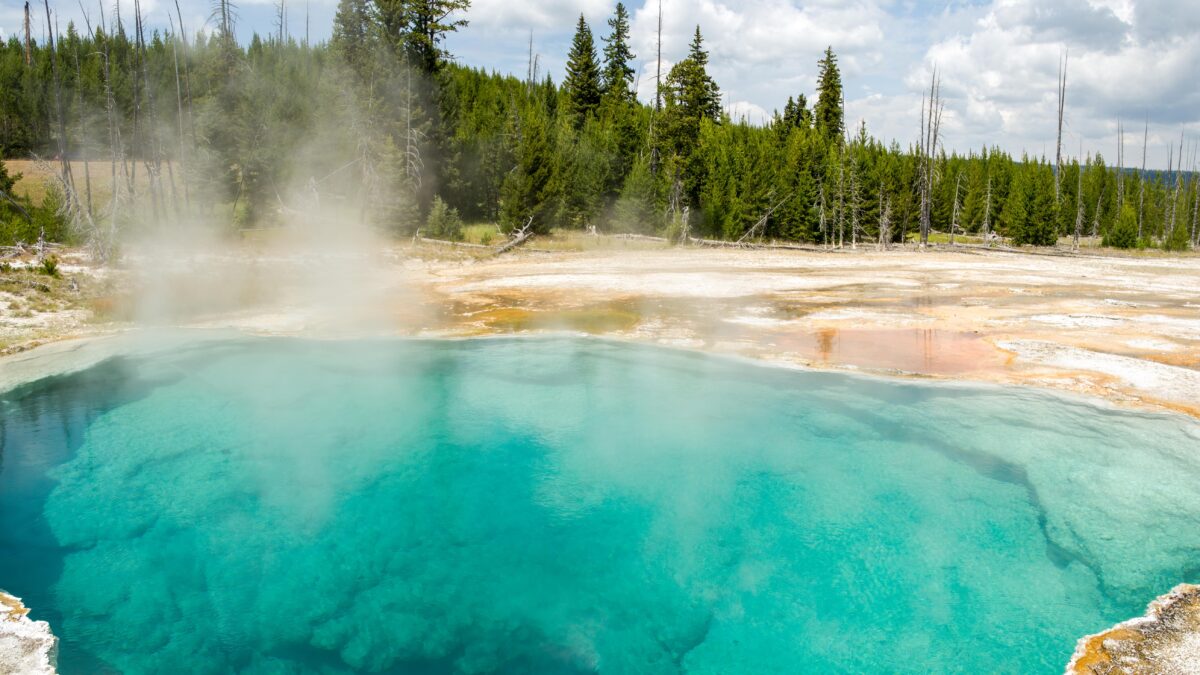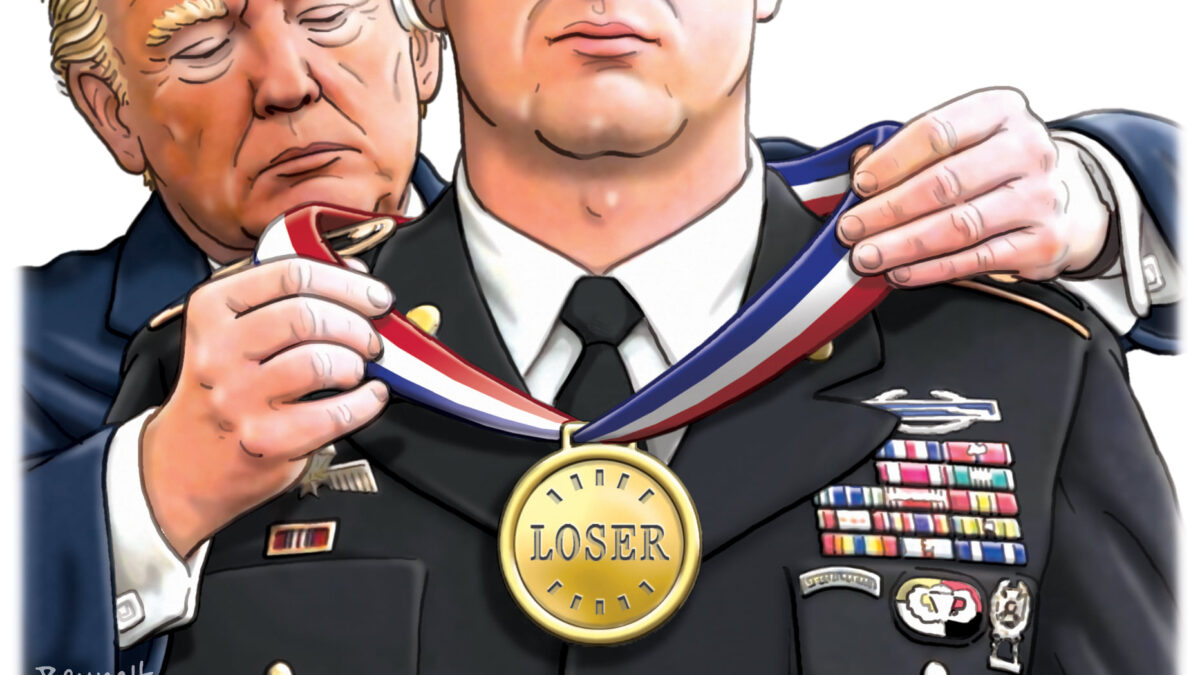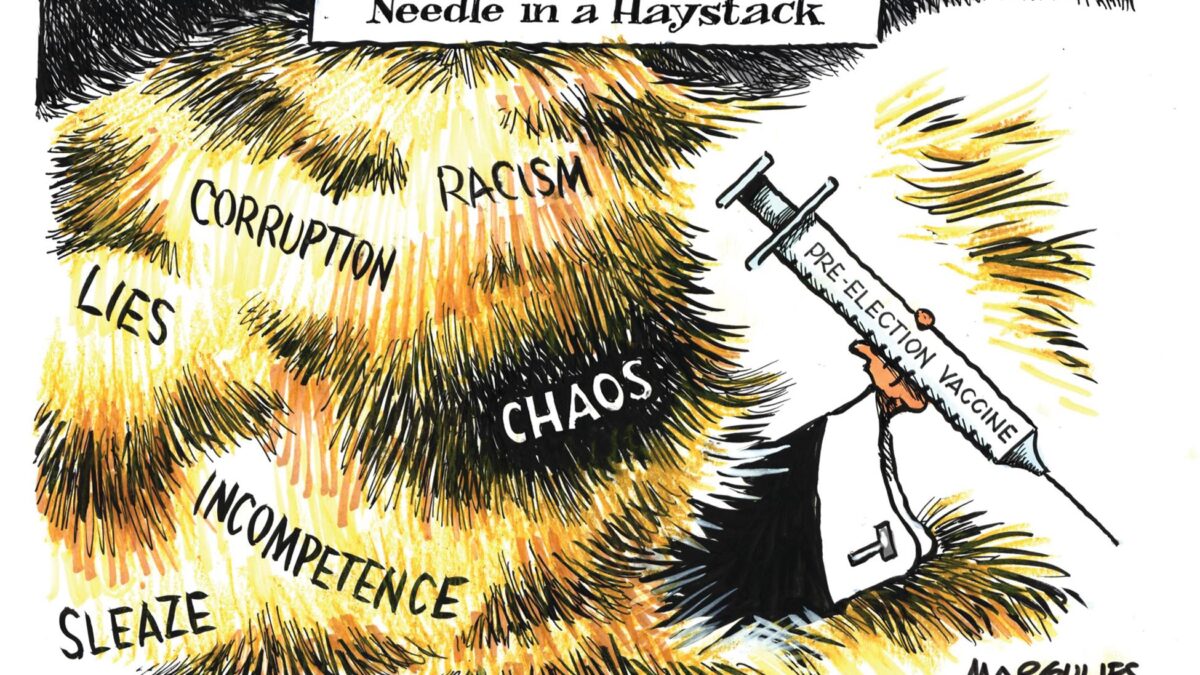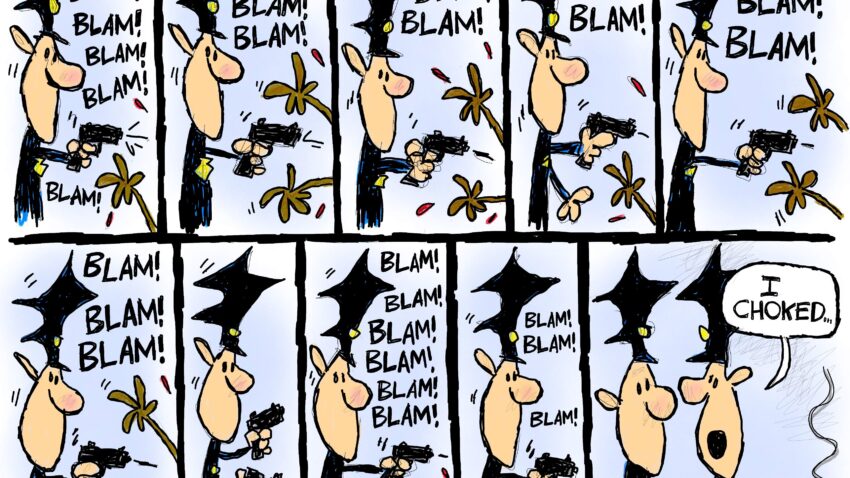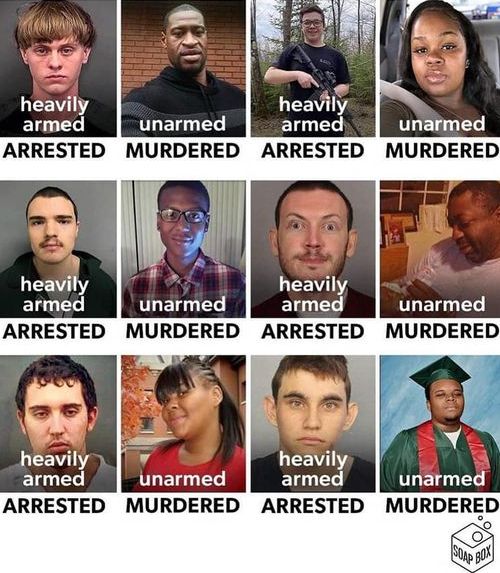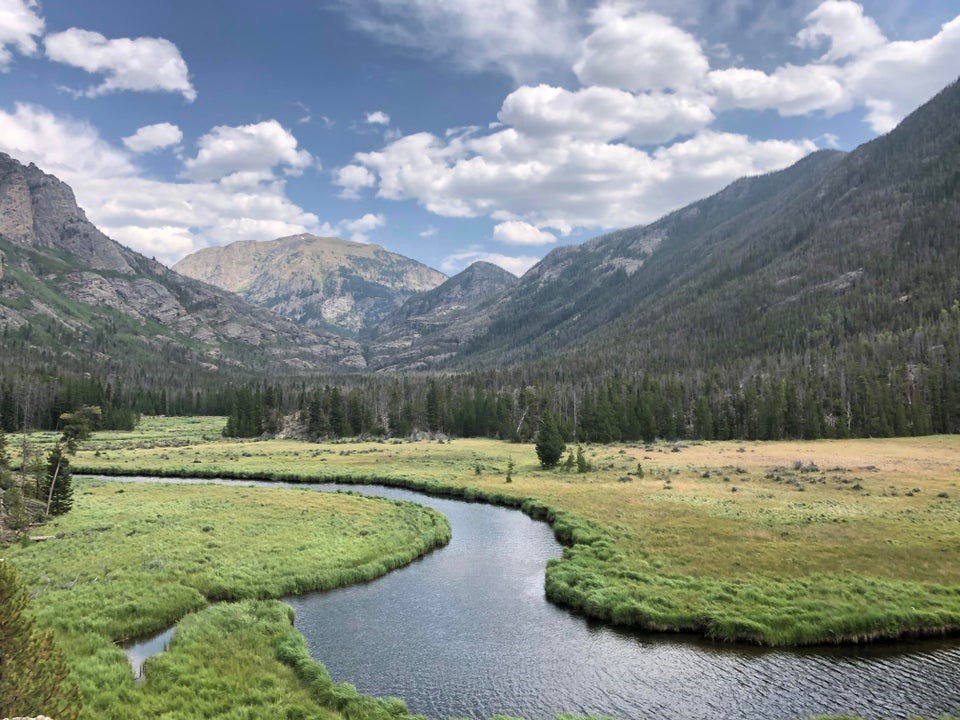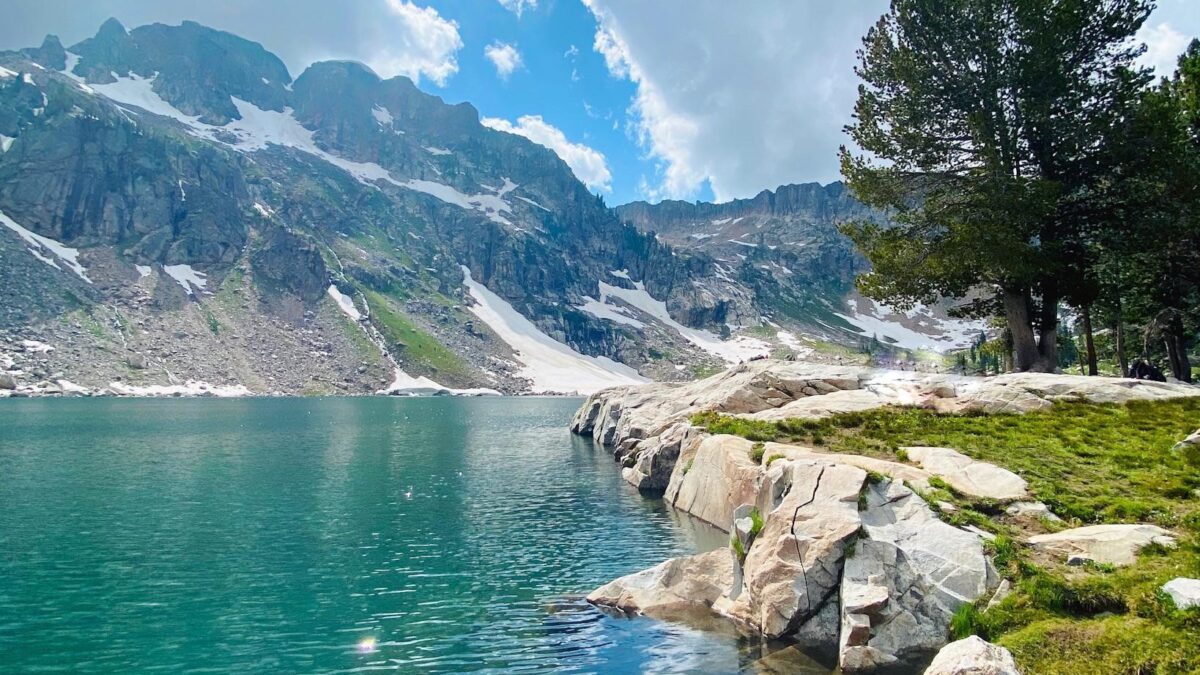RIP RBG:
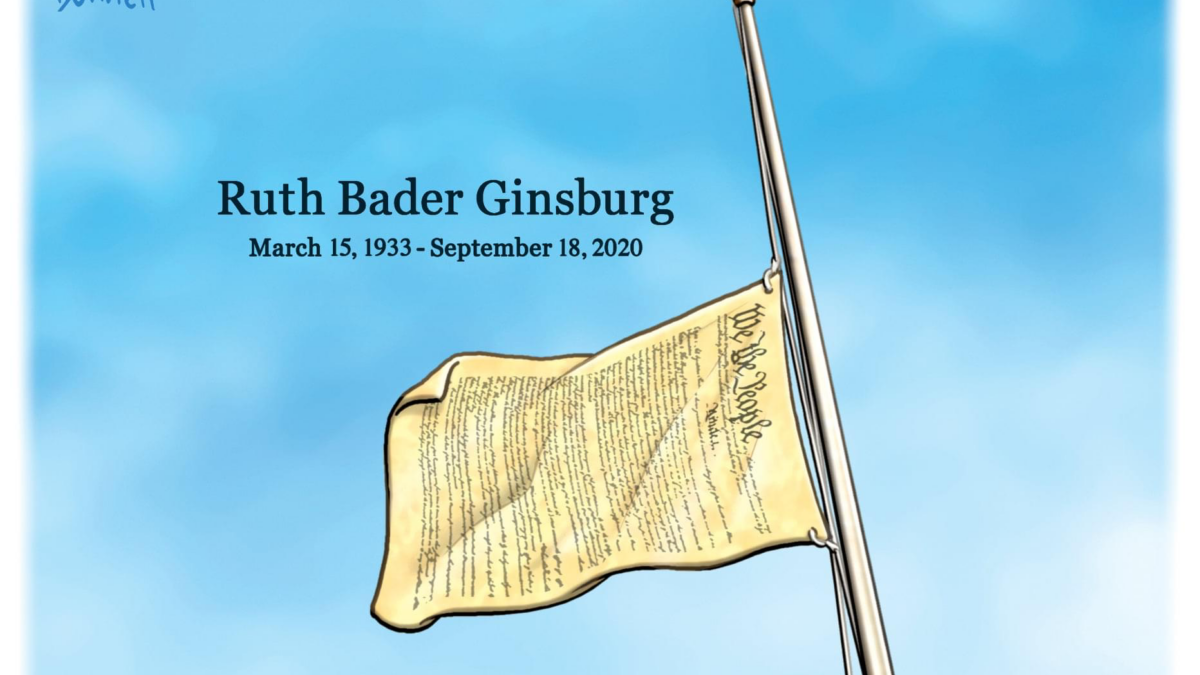
After Trump won in 2016, Wrongo was certain that the great failure in Hillary Clinton’s loss would be that Trump could replace three Supremes in his first term. Later, Wrongo became convinced that RBG would make it until the 2020 election, if not until after the 2021 inauguration, limiting Trump to two new Justices.
Maybe we all needed to believe that she would hold on, but when Wrongo’s phone lit up in a BBQ joint on Friday night, he was sad, but not surprised.
Just when we thought 2020 couldn’t get worse, we’re about to become a part of an even uglier political fight than we thought we’d be having. If you’ve been working on “2020 Worst Case Scenarios,” it’s time to start over.
This new court vacancy obviously has long term consequences for many social issues, for voting rights and immigration. But think about the implications of a contested election and a potential 4-4 or 5-3 split if the decision on who becomes the next president is decided by the Supreme Court.
It’s doubtful that the nation as we knew it will survive.
When RBG’s death was announced on Friday, Senate Majority Leader McConnell vowed to hold a vote on a replacement for RBG. Trump tweeted on Saturday morning that Senate Republicans have an “obligation, without delay” to act on his nominee to the Supreme Court.
But the big question is whether McConnell can get the votes to confirm a Supreme Court Justice with only six weeks left before the presidential election.
There are two scenarios that could play out. McConnell might bring up a Trump nominee before the election, and try to get the needed 51 votes to confirm, but that looks like a long shot. He could also wait, and take the vote after the election in the lame duck session, regardless of who wins the presidency.
McConnell has a 53-47 majority in the Senate, so he can afford to lose three Republican votes, either before or after the election, since Vice President Pence could break a tie, casting the deciding vote.
The first scenario may prove difficult, since there’s just six weeks until the election, and one-third of the Senate wants to be at home campaigning.
In the lame duck session, assuming a Biden win, and a coming change in power in the Senate on January 1, it looks like Sens Collins (R-ME) and Murkowski, (R-AK) wouldn’t vote for a Ginsburg replacement. Sen Romney (R-UT) isn’t a sure supporter of a vote either. Sen Thom Tillis (R-NC) is in a tough fight, but has said he will vote for Trump’s nominee. Sen Martha McSally (R-AZ) has indicated that she will also vote to confirm. Sen Cory Gardner (R-CO) may be a swing vote for a Ginsburg replacement in the lame duck session.
Imagine a scenario where Trump loses the election, and the Senate, but tries to push through a conservative justice before January 1st. There would be public outrage, but there isn’t any legal barrier to the Republicans doing that.
However it unfolds, we mourn Ginsburg’s absence from the Supreme Court. She was one of the great lawyers of her generation, one whose judicial career largely was focused on being a witness to, and a dissenter from, a series of attacks on the Constitution.
We need to mourn the evisceration of our process of selecting Supreme Court justices. We also mourn the toxic politics that we’re going to wallow in for the next 44 days until the election and then, for the 78 days until the inauguration.
RIP Ruth Bader Ginsburg.

